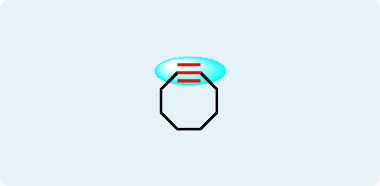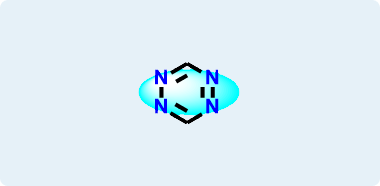Bioorthogonal transformations are chemical reactions that take place in biological environments without disrupting or being influenced by native biochemical processes. The term was first introduced by Nobel laureate Carolyn Bertozzi. Such reactions must be selective and proceed rapidly under dilute physiological conditions.1
Well-known examples include the Strain-Promoted Azide–Alkyne Cycloaddition (SPAAC) and the Inverse Electron Demand Diels–Alder (IEDDA) cycloaddition between tetrazines and strained alkenes.
Enamine offers a wide range of functionalized bioorthogonal reagents, including but not limited to cyclooctynes, azides, tetrazines, and strained alkenes (such as trans-cyclooctenes, norbornenes, and cyclopropenes), all available from stock. We also provide custom synthesis of bioorthogonal compounds tailored to meet your specific needs.
-
Bioorthogonal Chemistry: Fishing for Selectivity in a Sea of Functionality.
Sletten E. M. and Bertozzi C. R. Acc. Chem. Res. 2011, 44, 666. DOI: 10.1002/anie.200900942




